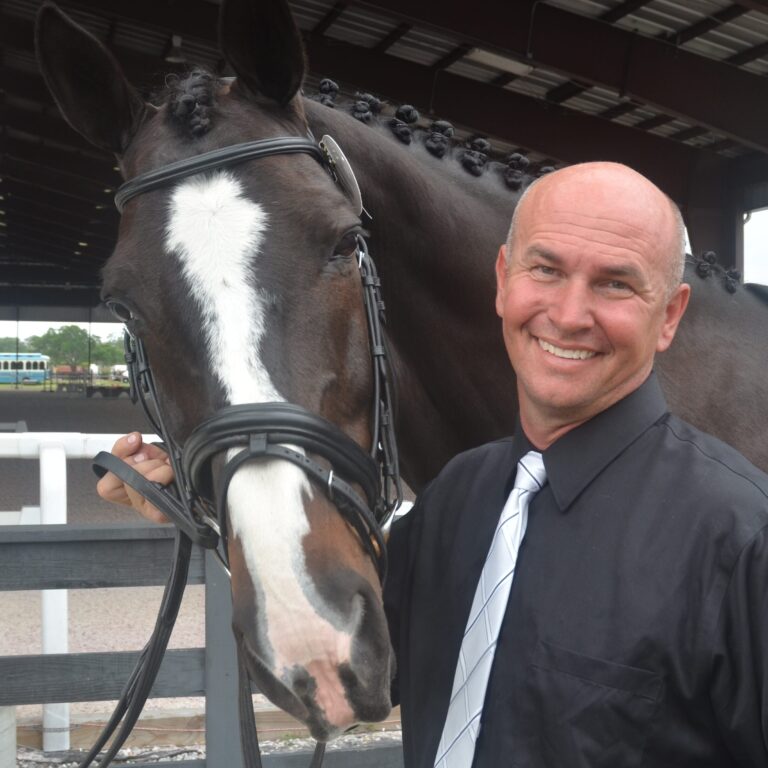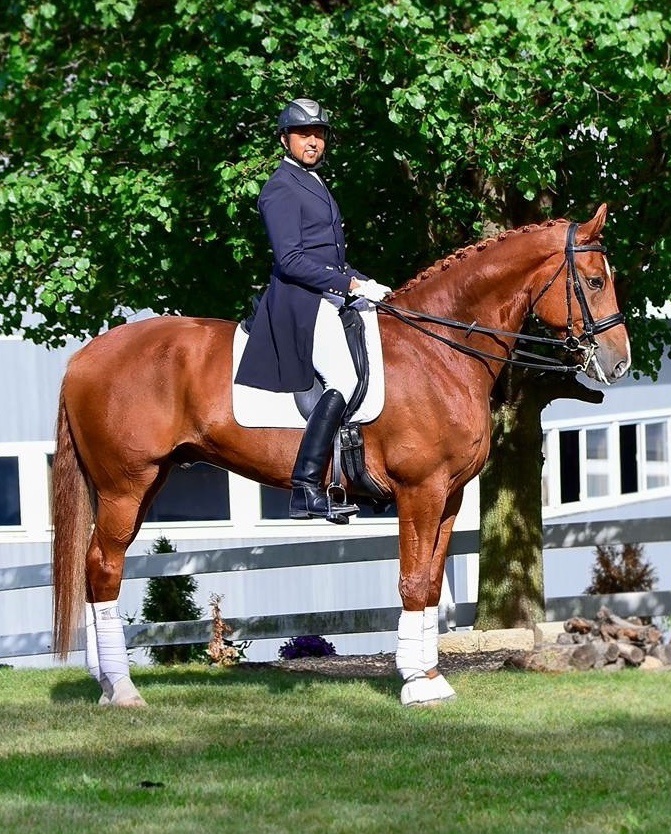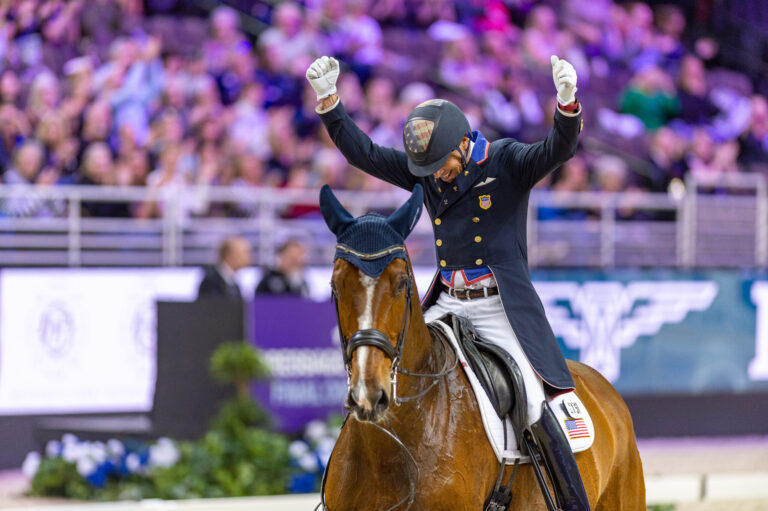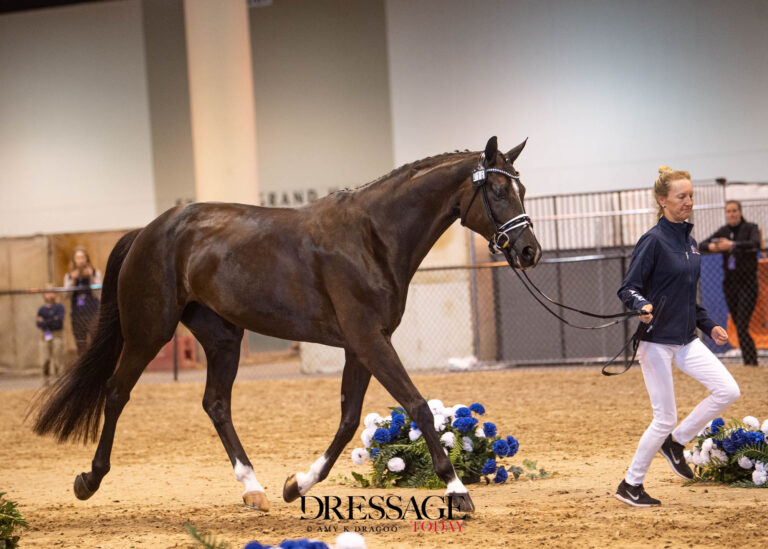Have you ever wondered if the cliché of the bubble-wrapped dressage horse is true? Do top equine athletes spend the majority of their day walking between stall and arena without a minute of turnout? We asked World Cup rider Shawna Harding, former Olympic groom Liv Gude and Meghan Breen, DVM, of Virginia Equine Imaging to share the truth behind turning out a horse preparing to represent the United States.
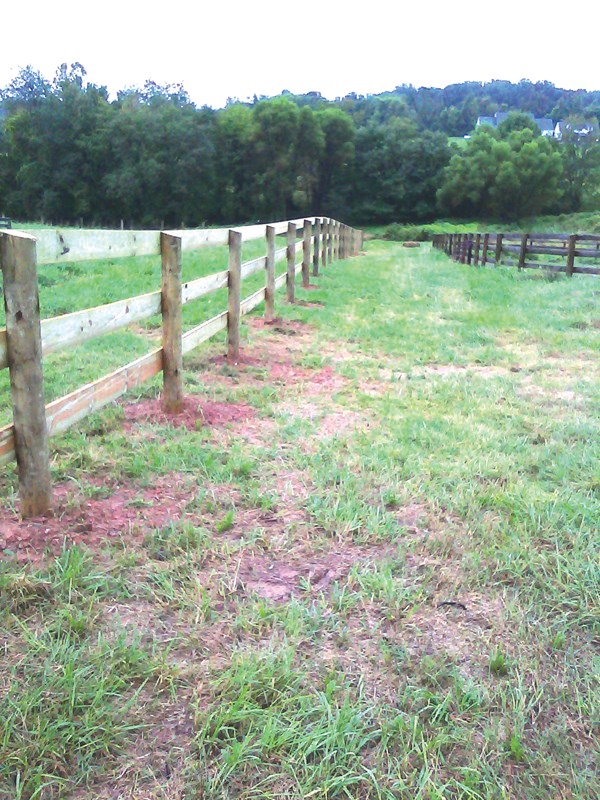
Harding and Gude say that most high-performance horses do get pasture time. “All my horses are turned out everyday at home in Aiken and also while we compete in Florida,” says Harding. “My horses need to be out to roll, run around and be horses. In my opinion, the fresh green grass is essential for both body and mind.”
The medical advantages of turnout in managing the equine athlete outweigh the risks, compared to stall confinement, says Dr. Breen. “The primary advantages are increased fitness and subsequent reduction of musculoskeletal injuries, prevention of gastric ulcers and overall improvement in focus.”
Of course taking the right precautions is essential. There is “some level of supervision and the horses almost always go out after working (either riding or longeing),” says Gude. When she was grooming full time, boots (sport or brushing) and bellboots were standard operating procedure, as were fly masks and sometimes fly sheets in summer or other buggy times of the year. Well-maintained fencing is also essential and it is smart to have a 6-foot separation between paddocks or a hot wire or tape to help prevent over-the-fence play, when possible.
Also take into account that horses turned out for a significant portion of the day can easily walk ten or so miles if given the space, says Dr. Breen. She points to a German study that compared solitary to group turnout and found that horses wearing pedometers for two hours moved an average of three to five miles as they grazed. Dr. Breen adds that this much walking serves “as a significant amount of conditioning that is only going to strengthen the horse’s tendons, ligaments and muscles especially when compared to the sedentary, stall confined horse.”
Gude says that when you are away from home, don’t unpack at a new barn and just turnout. “Horses first need to acclimate to their surroundings and climate. Hand-walk and hand-graze in the same area that the turnout will happen. Be wary of new types of grass in new barns, which may or may not cause some stomach and GI system upset.”
The thing Gude likes to remind people is that horses “like routines and if turnout is a part of their daily life, it becomes routine and not so exciting.”


